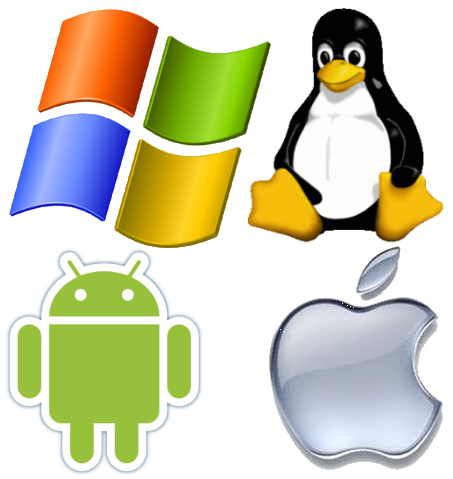How do I update Windows PowerShell?
You can update the PowerShell right from the PS cli. This command downloads the PowerShell 7.1 MSI distribution file from GitHub and then starts the installation via the MSI installer. You can also use other installation parameters: -Destination – change the default PowerShell Core installation folder.
How do I update PowerShell PowerShell?
The Update-Help cmdlet downloads the newest help files for PowerShell modules and installs them on your computer. You need not restart PowerShell to make the change effective. You can use the Get-Help cmdlet to view the new help files immediately. Update-Help checks the version of the help files on your computer.
What is the latest PowerShell version for Windows 10?
On the initial release of Windows 10, with automatic updates enabled, PowerShell gets updated from version 5.0 to 5.1. If the original version of Windows 10 is not updated through Windows Updates, the version of PowerShell is 5.0.
Do I need to update PowerShell?
If you are looking at upgrading the version of Windows PowerShell on your administration machine (workstation or server), I would recommend upgrading the operating system so that you get the maximum benefit. … It changed from 2.0 in Windows PowerShell 2.0 to 3.0 in Windows PowerShell 3.0.
Is Microsoft release Windows 11?
The date has been announced: Microsoft will start offering Windows 11 on Oct. 5 to computers that fully meet its hardware requirements.
What are the PowerShell commands?
These basic PowerShell commands are helpful for getting information in various formats, configuring security, and basic reporting.
- Get-Command. …
- Get-Help. …
- Set-ExecutionPolicy. …
- Get-Service. …
- ConvertTo-HTML. …
- Get-EventLog. …
- Get-Process. …
- Clear-History.
How do I get the latest version of PowerShell?
To find the PowerShell version in Windows,
- Open PowerShell. …
- Type or copy-paste the following command: Get-Host | Select-Object Version .
- In the output, you will see the version of PowerShell.
- Alternatively, type $PSVersionTable and hit the Enter key.
- See the PSVersion line.
How do I see PowerShell version?
Find Your PowerShell Version
To start, open the “Start” menu, search for “Windows PowerShell,” and click it in the search results. PowerShell displays various numbers. Here, the first value that says “PSVersion” is your PowerShell version. You can now close the PowerShell window.
How do I enable PowerShell in Windows 10?
From the Start Menu
- Click Start, type PowerShell, and then click Windows PowerShell.
- From the Start menu, click Start, click All Programs, click Accessories, click the Windows PowerShell folder, and then click Windows PowerShell.
Is PowerShell dead?
Short answers are, no it’s not dead, but there is no plans to introduce new functionalities. Windows PowerShell is still supported trough Windows OS life cycle. If you are developing PowerShell: You should start developing with PowerShell Core, if you are not developing workflows, Snap-Ins and WMIv1.
What is PowerShell on Windows 10?
PowerShell is a cross-platform task automation solution made up of a command-line shell, a scripting language, and a configuration management framework. PowerShell runs on Windows, Linux, and macOS.
Does Windows Update update PowerShell?
Once the PowerShell team releases the PowerShell 7.2 preview. 7 update, you will be able to upgrade through the standard Windows update process. To keep PowerShell up to date, you will need to go to Start > Settings > Update & Security > Windows Update and then click Check for updates.
Which PowerShell version should I use?
As long as you are not running PowerShell on a Server Core installation, always use the ISE for most of your work. It combines the console like experience with a script editor and a GUI help window (the commands pane). If you are just interested in speed, the console will be your choice.
How do I reinstall Windows PowerShell?
Install or Uninstall Windows PowerShell ISE in Optional Features
- Open Settings, and click/tap on the Apps icon.
- Click/tap on Apps & features on the left side, and click/tap on the Optional features link on the right side. ( …
- Do step 4 (install) or step 5 (uninstall) below for what you would like to do.
